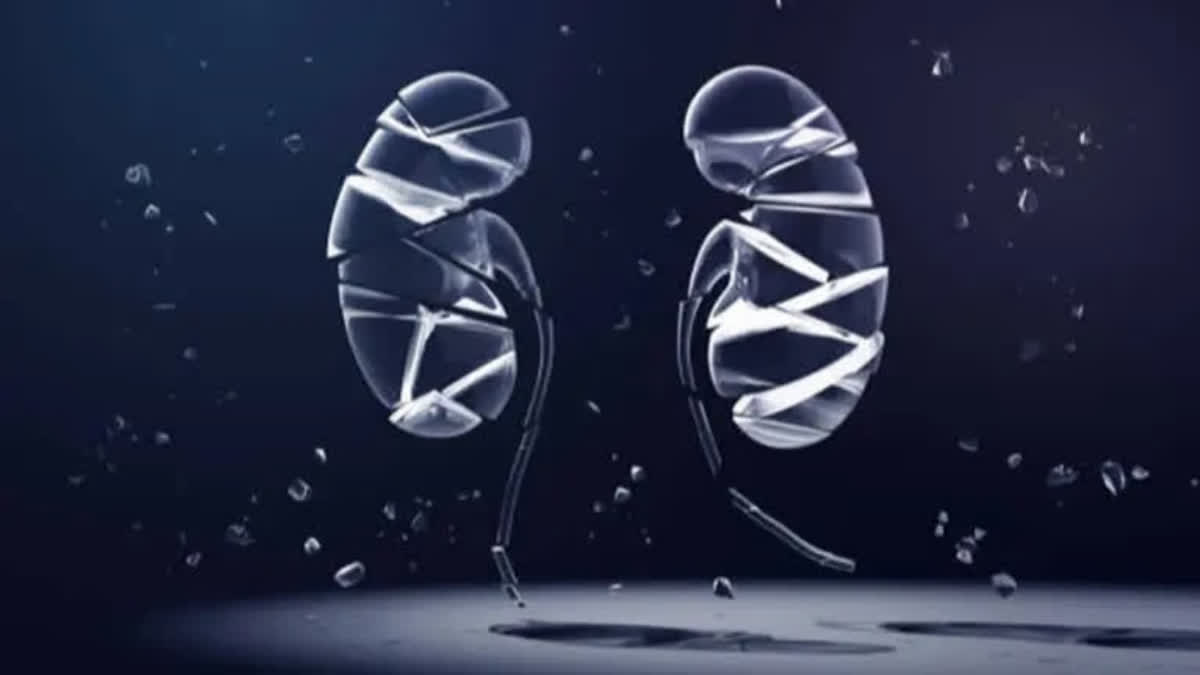New Delhi: Scientists have engineered an artificial kidney which allows for an early detection of adverse drug reactions. The fundamental structural and functional unit in a kidney is a nephron, which encompasses an intertwined network of small blood vessels called the glomerulus. This along with glomerular capsules forms a kidney.
Researchers have fabricated a glomerular microvessel-on-a-chip, which includes glomerular endothelial cells, podocyte layers, and a Glomerular Basement Membrane (GBM) using a single step fabrication process. "We have successfully replicated glomerular units of the kidney, which offer boundless potential for drug screening and nephrotoxicity testing in clinical practice, explained professor Dong-Woo Cho who led the study from Pohang University of Science and Technology (POSTECH), South Korea. The research findings have been published in the journal Biofabrication.
While the kidney eliminates toxic substances in the bloodstream, including metabolic waste, and maintains homeostasis in the body, toxicity can still be induced in the kidney through certain medications. The nephron is the first organ to display drug toxicity when drugs in excess are administered to the body.
